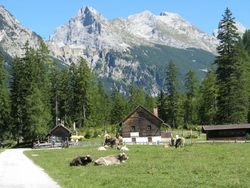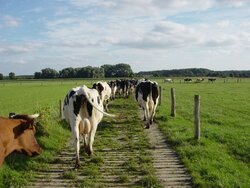Cattle husbandry in organic farming
Cattle and their unique digestive system are of great importance in organic farming. As ruminants, they are capable of converting biomass which cannot be used by humans into high quality food. Additionally, ruminants produce manure and hence contribute to soil fertility.
To consumers, organic farming is particularly linked to a form of animal husbandry which is appropriate to the species and which requires little use of veterinary medicinal products. At the same time, ruminant husbandry is questioned because of methane emissions that occur during digestion. Legal requirements for organic farming are specific with respect to animal husbandry and animal management, e.g. ruminants must have access to pasture, litter must be offered for lying areas etc.
Dairying is the most important source of income in organic animal farming. For this reason it is a key research area in the Thünen Institute of Organic Farming. Our research focuses on animal welfare, animal health, and product quality. We conduct research both on our research station – with a herd of 100 heads of dairy cows plus offspring – and on-farm. On-farm research is particularly important to help analyzing and solving issues around animal welfare, resource efficiency, and climate change in real life conditions. We do on-farm assessments on both organic and conventional dairy farms.
Healthy animals are the basis of sustainable dairy production. Animal performance, health, and well-being are determined by the complex interactions of the individual animal with humans, feed offer, breed, and the environment in which it is kept. Hence, we analyze risk factors for occurrence of production diseases such as mastitis or lameness and we look into their prevention by management improvements. We develop indicators suitable for assessing cattle health and welfare and we analyze and assess innovative rearing systems for calves.

Aim of our research at the Thünen Institute of Organic Farming is to optimize organic cattle production systems in terms of sustainability, animal well-being and environment by improving roughage, animal health and animal welfare and by minimizing climate effects and use of medicinal products.

![[Translate to English:] [Translate to English:]](/media/_processed_/8/e/csm_Bildschirmfoto_2021-03-03_bearb_fc48ac88bf.jpeg)
![[Translate to English:] [Translate to English:]](/media/_processed_/8/e/csm_Bildschirmfoto_2021-03-03_bearb_ba3ec0e9d7.jpeg)
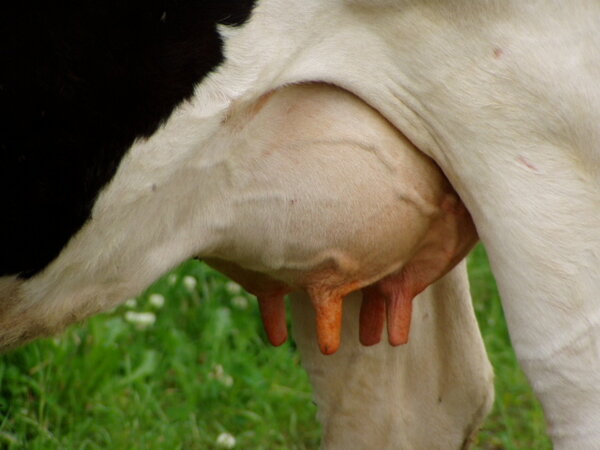
![[Translate to English:] Calf rearing with cow contact: natural, healthy and feasible](/media/_processed_/2/8/csm_Projekt_KaeKNatGeB_c_Jacqueline_Felix_2ab571e033.jpg)
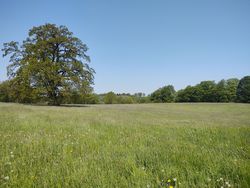
![[Translate to English:] InnoRind - Cattle Innovation Network – sustainable cattle farming in Germany, considering animal welfare, environmental impacts and social acceptance](/media/_processed_/d/7/csm_Logo_InnoRind_ee68863cfc.jpg)
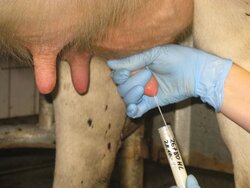
![[Translate to English:] Ö-Ko-Tier](/media/_processed_/1/5/csm_OeKoTier_Logo_farbig_2d6a0cc09c.png)
![[Translate to English:] Robots for digital pastures](/media/_processed_/a/9/csm_Robotik_PM_Weide_2024_38cc0ab680.jpg)
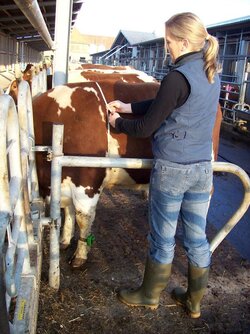
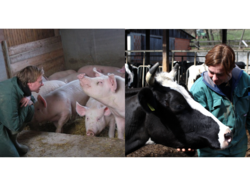

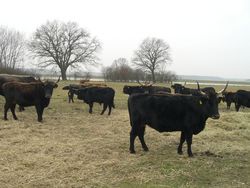

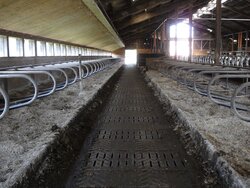
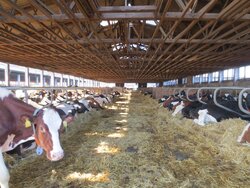




![[Translate to English:] EIP- Animal Welfare-Check](/media/_processed_/2/d/csm_TierwohlCheck1_0022454c6a.jpg)


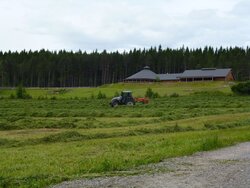

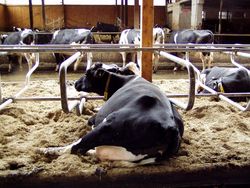
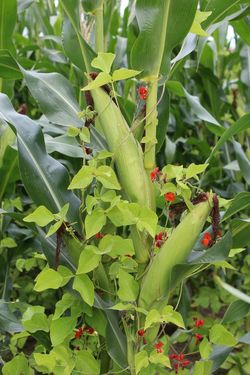
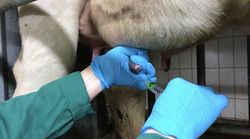

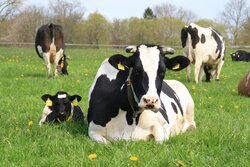
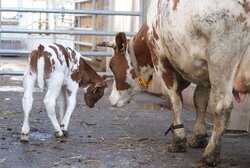
![[Translate to English:] National Animal Welfare Monitoring](/media/_processed_/8/d/csm_2062_2022-08-31_Tortenlogo_c531f5c4ac.jpg)
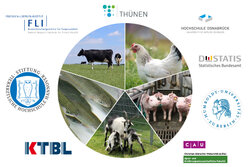

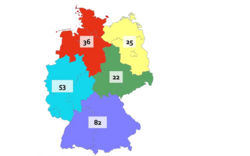
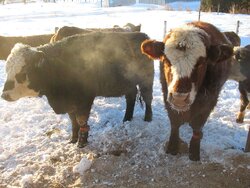
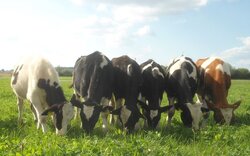
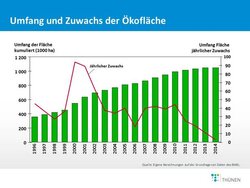
![[Translate to English:] Politic support for organic farming - measures, strategies and farm-level perspectives](/media/_processed_/5/3/csm_FOEL-Karte_PFN-Betriebe_bc905b8291.png)
